Reportar esta entrada
Más sobre la misma comunidad-colección
El Paso Police officer Howell Cobb - 1904
Witness for the Defense: On the afternoon of January 15, 1904, ...
El Paso Police officer Tom Threepersons - 1921
On March 9, 1921, the El Paso Herald reported, "One Man is ...
El Paso Police Command Staff - 1975
Chief of Police Robert Minnie with staff in front of Liberty ...
El Paso Police Department - 1903
Top Row Left to Right: Chas McDonald, Will Rynerson, Jim Briggs, ...
El Paso Police K-9 handlers - 1975
El Paso Police officers Richard Edens and Marcos Payan were the ...
Tug of War in the Rio Grande - February 16, 1977
El Paso Police officer Tim Davidson managing to outwit the ...
El Centro de El Paso en la decada de 1890
The scenic shot shows downtown El Paso in the 1890s. The ...
Trolley in front of Gateway Hotel, 1960s
The image probably dates from the 1960s. It shows a trolley in ...







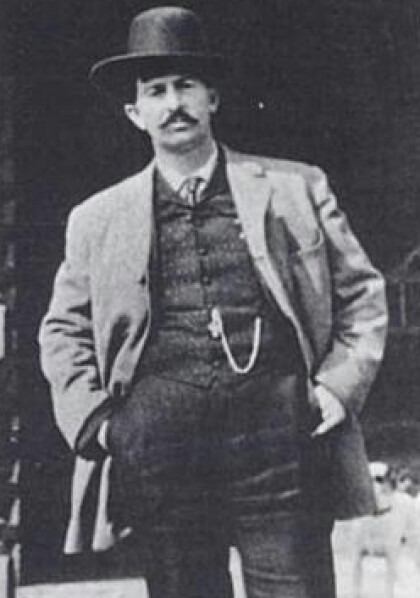
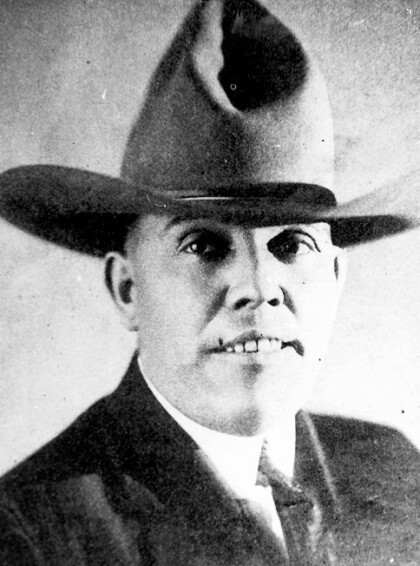
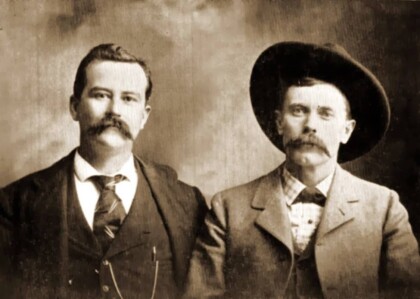
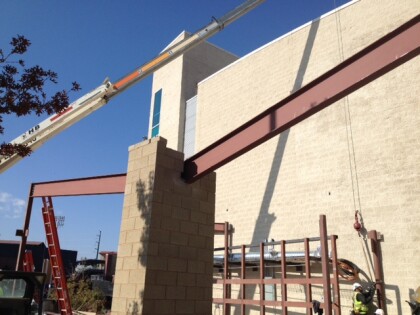
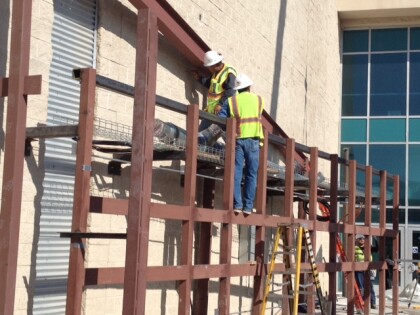
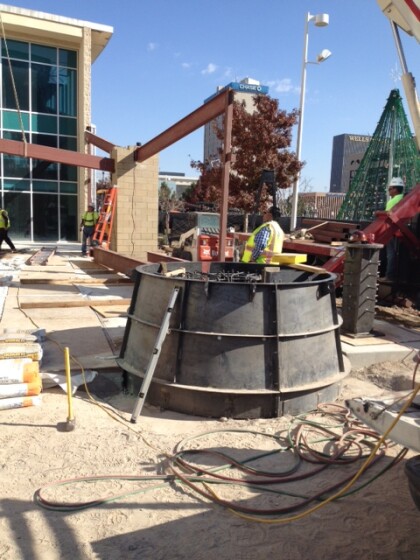
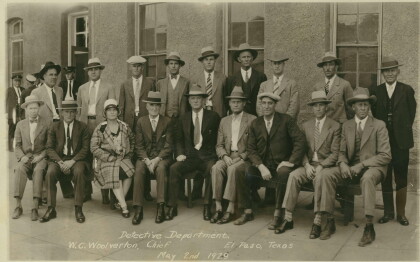
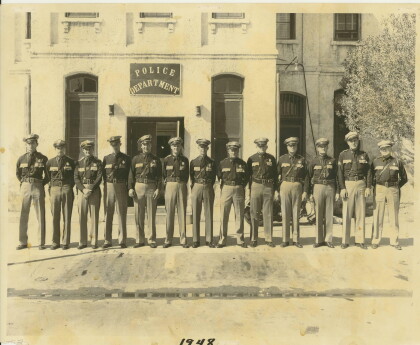
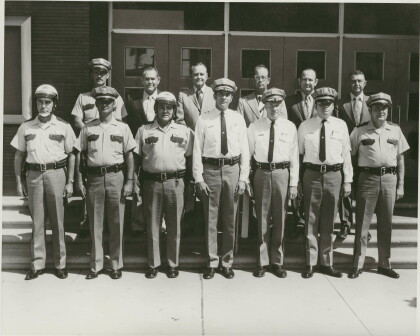
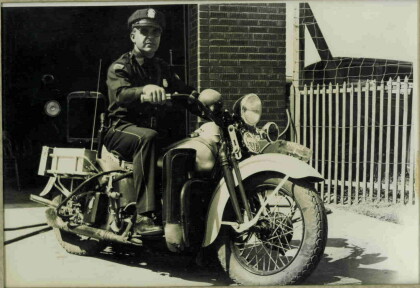
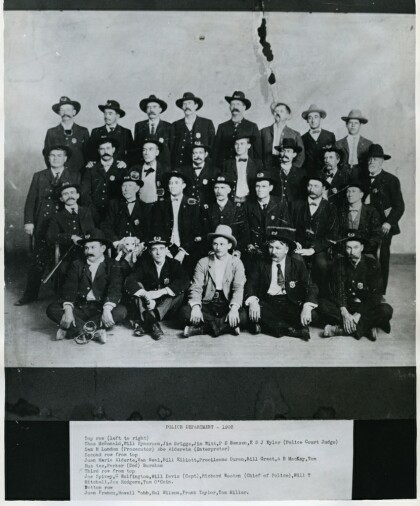
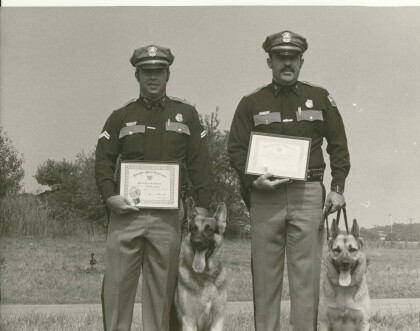
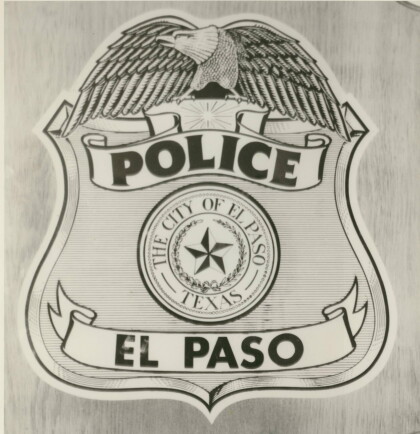
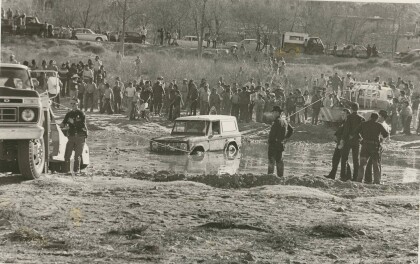
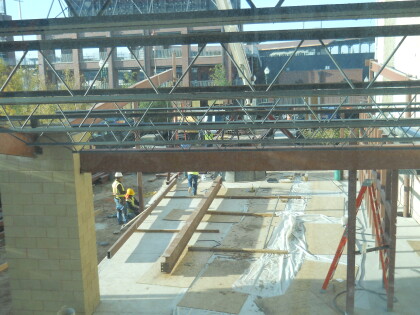
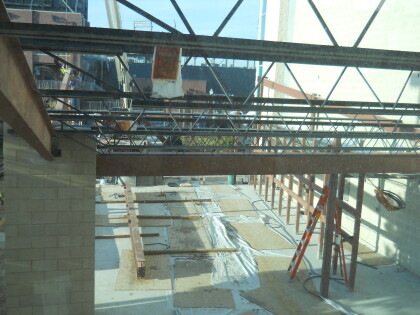
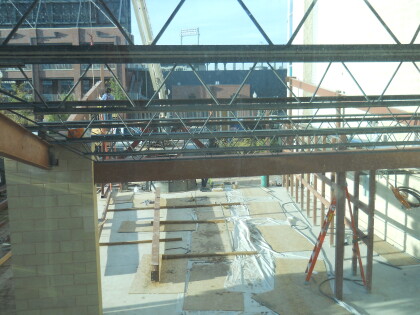
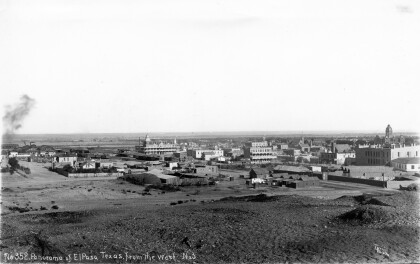
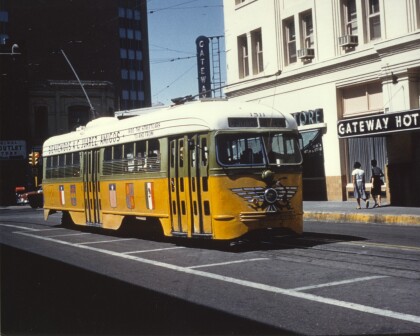




Comentarios
Hacer un comentario